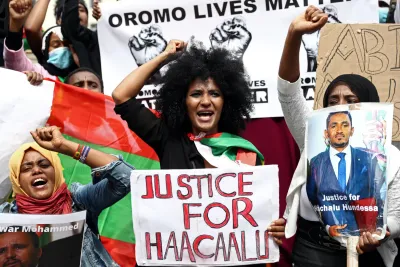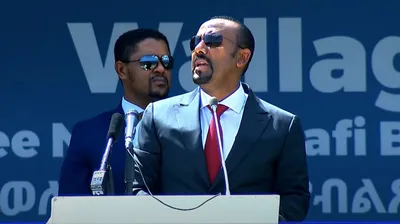Abiy Ahmed and the Legacy of Grandiose Ambitions Amid Suffering
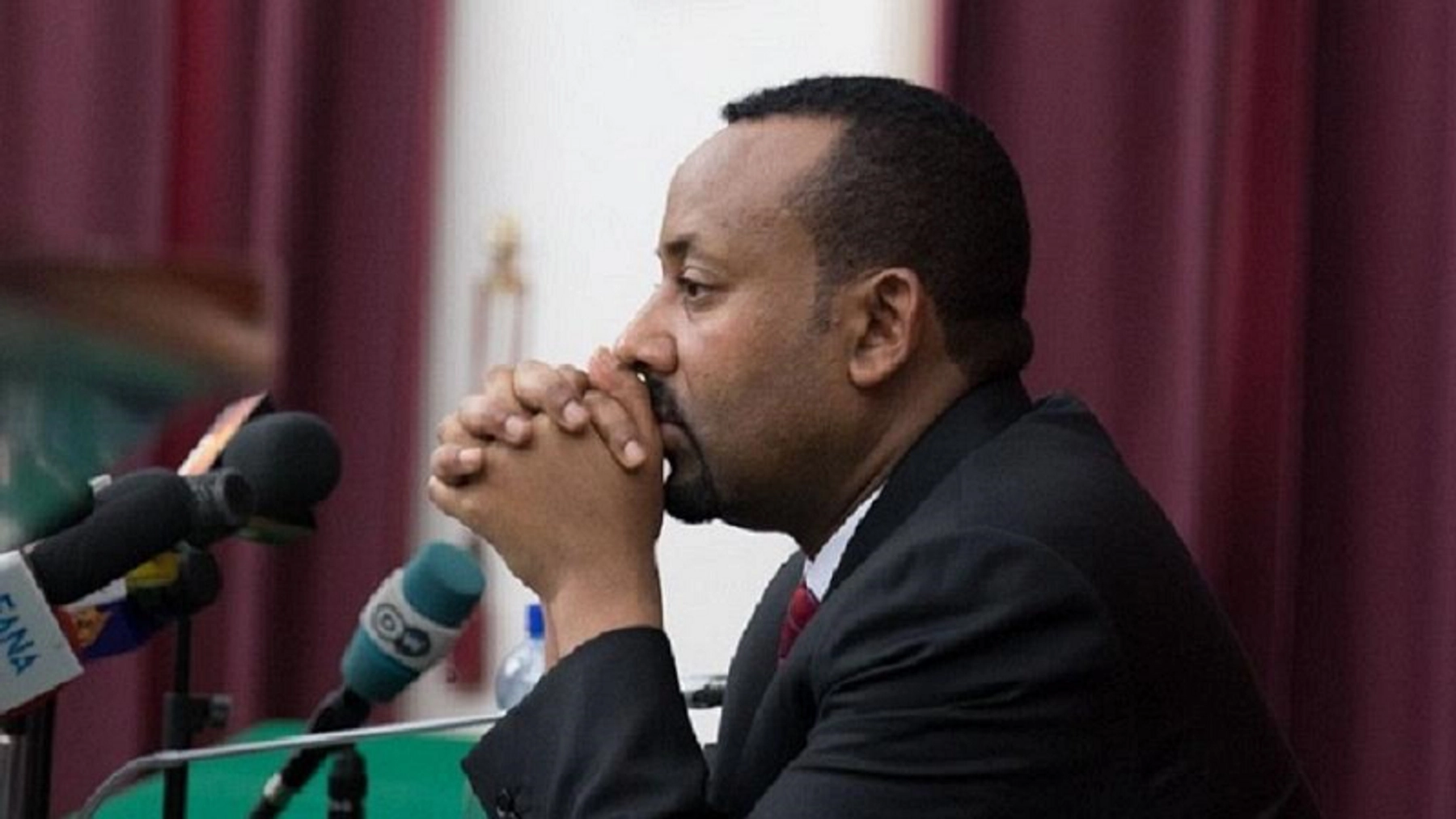
A photo of Abiy Ahmed looking worried.
History is filled with rulers who, despite overseeing populations in distress, diverted vast resources into extravagant projects—grand palaces, lavish parks, and ostentatious entertainment complexes—while their people suffered. Ethiopia’s Prime Minister, Abiy Ahmed, follows this historical pattern, pouring billions into large-scale infrastructure projects such as Friendship Square, Unity Park, and other opulent developments while millions of Ethiopians grapple with hunger, displacement, and economic hardship. His leadership echoes that of figures like Emperor Nero of Rome, and King Ludwig II of Bavaria—leaders who prioritized grandeur over the immediate welfare of their people.
Abiy has often referenced a prophecy his mother told him: that he would one day become the seventh king of Ethiopia. This belief appears to fuel his grandiose vision and self-perception, shaping his approach to governance.
Journalist Tom Gardner notes in his recent book that on Abiy’s first day as prime minister, he ordered an Emirati architectural firm to give his office a “shiny modernist makeover,” transforming it into a sleek, high-tech space adorned with glossy photographs and flat-screen monitors. Soon after, Abiy embarked on renovating the palace grounds, repurposing a large plot of land near the Sheraton Hotel into a public park featuring an artificial lake and dazzling fountains. Further down the hill from the palace, he commissioned a new science museum and amphitheater.
Gardner further observed that the cost of these grandiose projects is staggering: Bicycle lanes and waterside terraces were projected at $1 billion, a pleasure park near Mount Entoto required $51 million, and The refurbishment of Meskel Square cost $73 million.
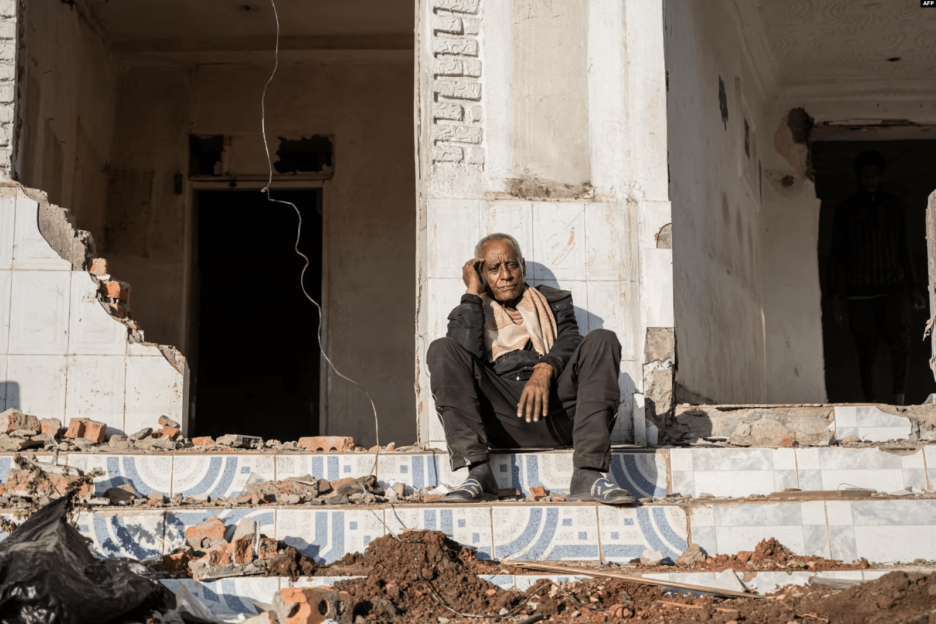
Meanwhile, Ethiopia remains heavily indebted, relying on loans from the World Bank and the IMF while raising taxes on ordinary citizens to fund these prestige projects.
Abiy Ahmed joins a long list of rulers who chose spectacle over sustenance, including Nero and Ludwig II of Bavaria.
Nero’s Rome: The Golden Palace Amidst Fire and Famine
One of history’s most infamous rulers, Emperor Nero of Rome (54–68 AD), presents a striking parallel to Abiy Ahmed. Following the Great Fire of Rome in 64 AD—which devastated much of the city and left thousands homeless—Nero prioritized building the Domus Aurea (Golden House), a sprawling, opulent palace complex with vast gardens, artificial lakes, and grand architecture, while the Roman people languished in poverty.
Similarly, Abiy’s emphasis on extravagant recreational spaces and monumental projects starkly contrasts Ethiopia’s humanitarian crises, where millions rely on food aid and are displaced by internal conflicts.
Ludwig II of Bavaria: The Dreamer King Who Bankrupted a Nation
King Ludwig II of Bavaria (1864–1886) is another ruler whose obsession with architectural marvels overshadowed the pressing needs of his people. His passion for extravagant castles, such as Neuschwanstein, drained Bavaria’s treasury. While his people endured economic decline, Ludwig continued pouring resources into fairy-tale constructions, ultimately leading to his political downfall.
Likewise, Abiy Ahmed’s investments in luxury projects come at a time when Ethiopia’s economy is in distress—inflation is soaring, unemployment is high, and citizens are struggling to afford basic necessities. To finance these endeavors, Abiy has imposed higher taxes, increasing the burden on ordinary Ethiopians.
Adding to the controversy, he has not only renovated the existing palace but is also constructing a new one worth billions of dollars. When questioned in parliament about the funding sources for these lavish projects, he dismissively told lawmakers that it was “none of their business.”
This focus on monumental architecture over governance and welfare mirrors the missteps of past rulers—pushing for massive infrastructure projects while their nations faced famine, war, and economic collapse.
Closer to Home: Ethiopia’s Own Legacy of Indulgence Amid Suffering
This pattern of rulers indulging in luxury while their people starve is not new to Ethiopia. The country’s recent history provides stark examples of leaders who prioritized extravagance over humanitarian needs.
During the reign of Emperor Haile Selassie, while famine ravaged Wollo, his entourage hosted an opulent birthday celebration in Addis Ababa, feasting on gourmet meals and fine wines while millions starved. The emperor, praised internationally as a reformist, allowed his court to indulge in extravagance, detached from the devastating reality unfolding in the countryside.
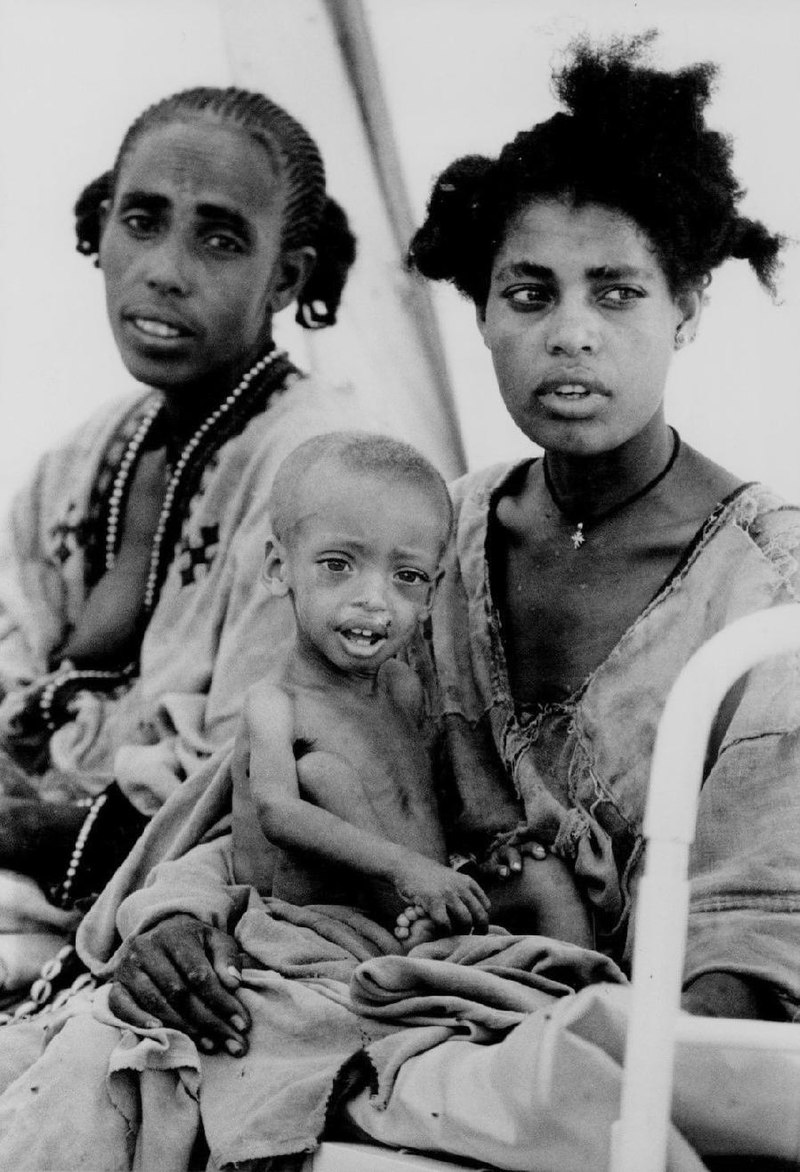
Similarly, Mengistu Haile Mariam’s Derg regime showed no regard for the suffering of ordinary Ethiopians. In 1984, while famine wiped out entire communities, his military junta ordered hundreds of thousands of dollars worth of whiskey to celebrate the 10th anniversary of their rise to power. The contrast could not have been more grotesque: while foreign aid agencies scrambled to feed the starving, the regime partied lavishly in Addis Ababa.
Like his predecessors, Abiy Ahmed seems determined to leave behind a legacy of monuments rather than meaningful progress, pouring national resources into vanity projects while his people struggle for survival.
A Legacy of Misdirected Priorities
Throughout history, rulers have sought to cement their legacies through grandiose constructions, often at the expense of their suffering people. Abiy Ahmed’s leadership follows this same pattern—where prestige projects overshadow urgent humanitarian needs.
Further exacerbating public distress, Abiy’s government has also demolished a huge number of houses in Addis Ababa and Jimma to make way for his “corridor development” projects—without offering any compensation—deepening the suffering of those already vulnerable.
Today, Nero is remembered not for his ambitious constructions but for his tyranny, extravagance, and neglect of his people. His name has become synonymous with incompetence, cruelty, and the legend of “fiddling while Rome burned.” His lavish Domus Aurea, built after the Great Fire of Rome, is rarely mentioned as an architectural achievement; instead, his failure to address the suffering of his citizens defines his legacy.
Likewise, Ludwig II of Bavaria, often referred to as the “Mad King,” was deposed before he could see his vision fully realized. During his lifetime, his people suffered due to his obsession with personal fantasies.
Ethiopia’s own leaders—from Haile Selassie to Mengistu to Abiy Ahmed—have demonstrated the same misplaced priorities, squandering wealth on vanity projects while famine, war, and economic despair gripped the nation.
Abiy Ahmed’s grand projects will serve as monuments to misgovernance and misplaced priorities. History will remember him not as a nation-builder but as a ruler who, like Nero and Ludwig II, indulged in grandeur while his people suffered and struggled to survive.
We need your support
We trust you found something of value in this article. If so, we kindly ask you to consider helping Curate Oromia continue its work.
If you believe in the importance of independent voices and honest reporting, we invite you to support our efforts through our GoFundMe campaign.
Every contribution, however small, goes directly to our writers and the expansion of our reach.
Thank you for your support.


